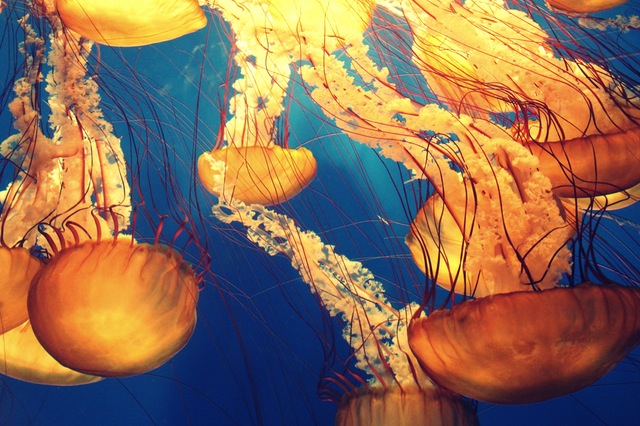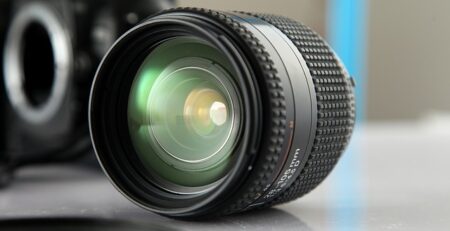Heading underwater is the closest thing to exploring another world without leaving Earth— and the plant life, sea creatures and coral make bringing a camera long on that underwater exploration a must. But adding water to a photograph multiples the challenge — underwater photography isn’t a simple point-and-shoot kind of experience — or at least not great underwater photography isn’t anyways. Whether you are using a casual waterproof camera or a DSLR with underwater housing, here are five underwater photography tips to dive deeper into the world of photography beneath the waves.
Get Close.
When there’s nothing but air between you and the subject, getting clear colors is relatively simple, but with water between your subject and the camera, clarity drops dramatically the further you are from the subject. Now, we don’t recommend swimming up to a Great White, but for friendly fish and coral, getting closer will reveal more accurate colors and details.
Explore different angles.
When you’re swimming, you have many more heights to choose from than simply standing or kneeling. If you’re diving (sorry, snorkelers) explore those angles. Look critically at what’s in your frame and how close you are to the sea floor. Shooting up adds a nice blue space to the top of the frame, but if there’s lots of coral directly below, you may want to shoot to include the beautiful underwater structures in your background.
BYOL – Bring Your Own Light.
Underwater photography is tricky because the farther down you dive, the further you are from the sun — and any light source. While snorkeling may not require an additional light, deeper dives will benefit from bringing a light along — some cameras have built-in flashes that will still work well underwater, while a waterproof video light may be essential for photographers using a DSLR and hoping to eek the most quality from their shots.
Try macro.
Underwater photography opens up an incredible new world — and that’s even more amazing up close. Macro photography underwater turns the details of the underwater scene into a larger-than-life shot. Some underwater-point-and-shoot cameras have incredible macro capability, while others can’t focus close to the lens (GoPros, for example, while generally good affordable underwater options, can’t focus up close). If your gear allows, put your camera or lens into macro mode and find those little details.
Keep it safe.
Diving with a camera isn’t like walking around the park with one. Always use safe diving practices. Experience will not only keep you safe, but will also help you get better shots by knowing how to keep your body still underwater. Dive with a partner, and consider the critter before deciding how close to get.
Underwater photography opens up amazing possibilities for sharing a scene that few ever get to explore. Getting close to the subject (when it’s safe) will help minimize the distortion that the water creates — you can even try some macro shots. Swimming allows you to explore different angles, but bring along a light for heading down deep. Play it safe — for both yourself and your camera with proper housing — and underwater photography can be an incredibly rewarding experience.






